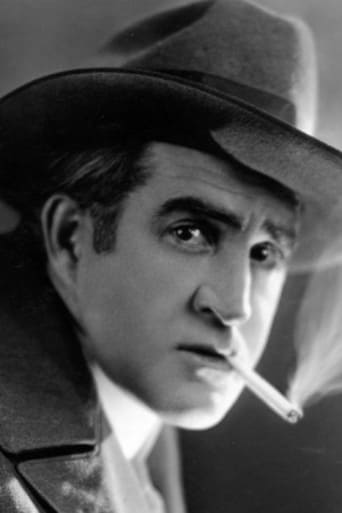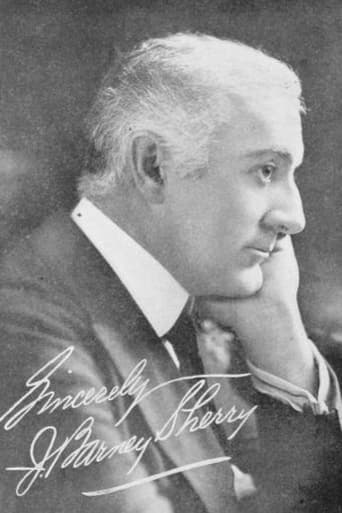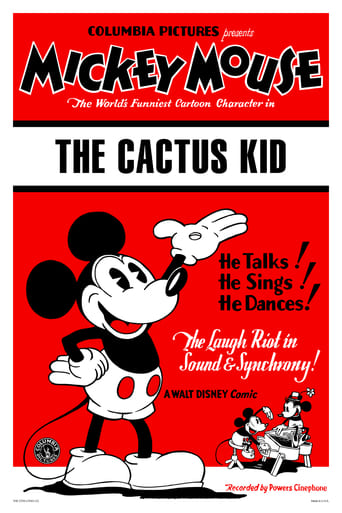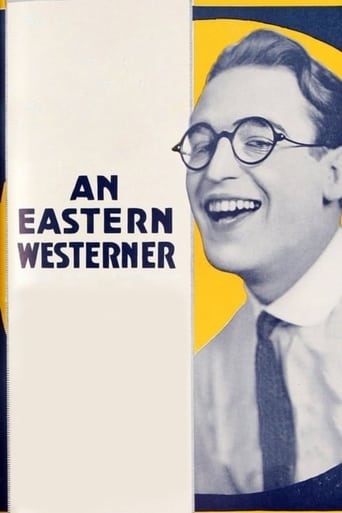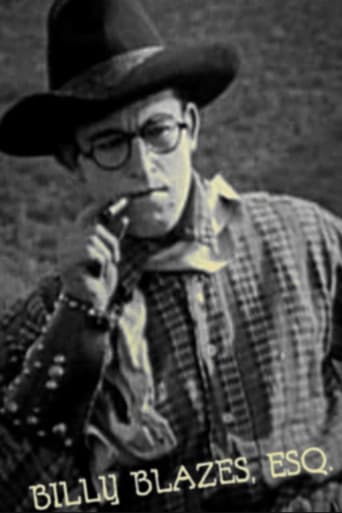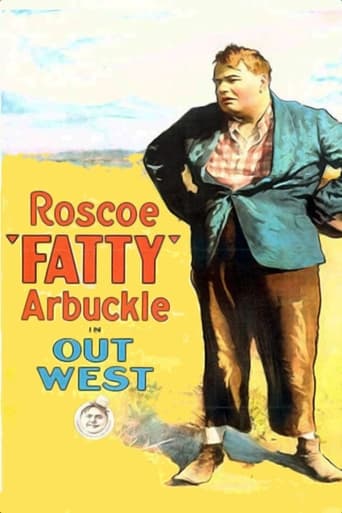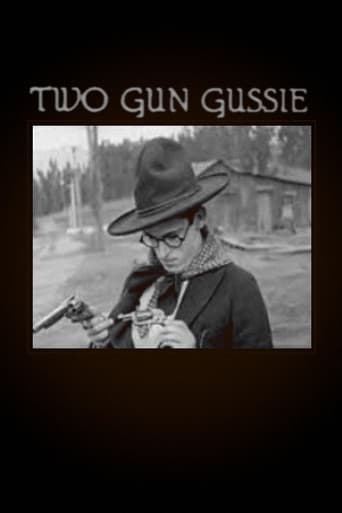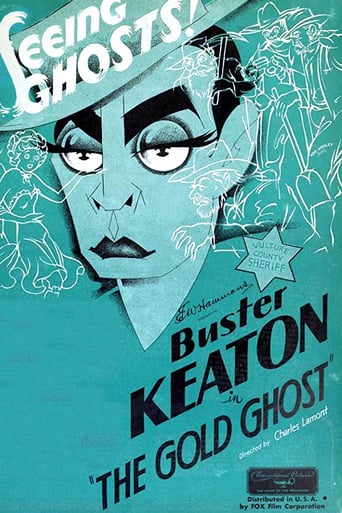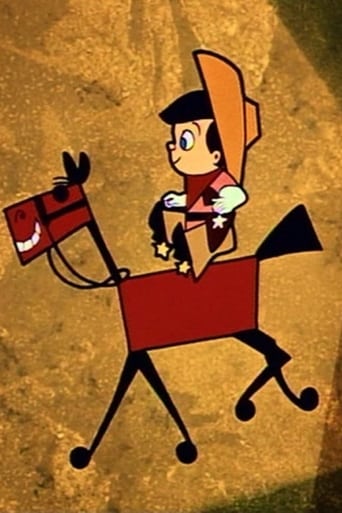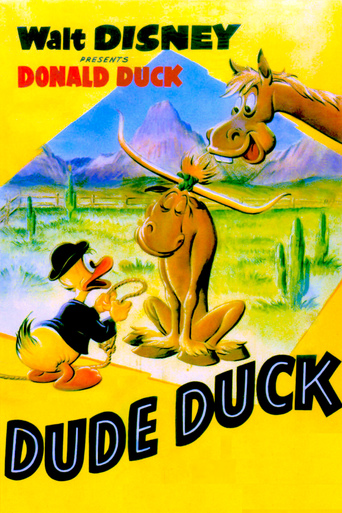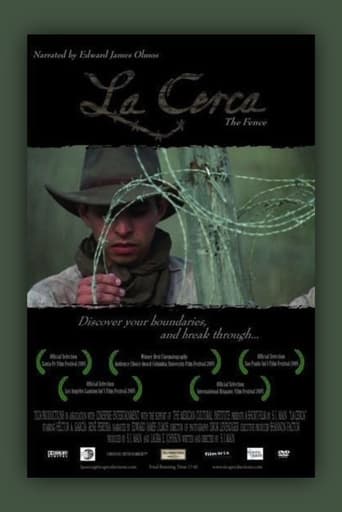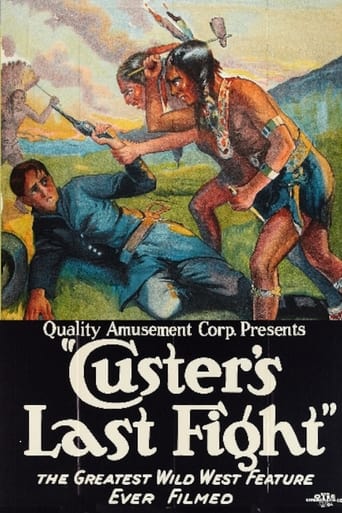
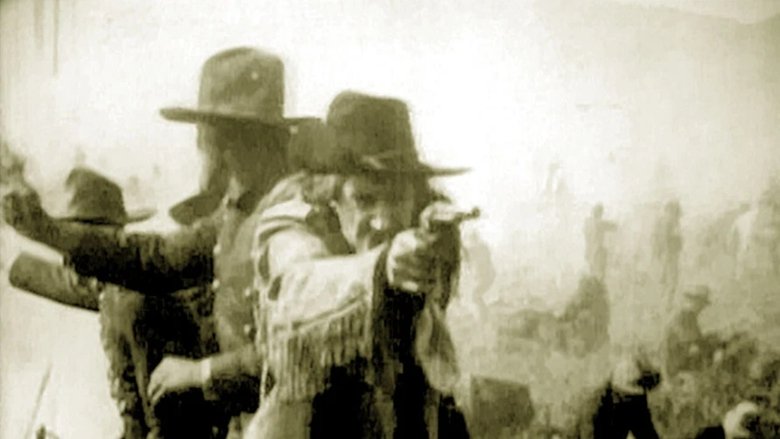
Custer's Last Fight (1912)
Custer's Last Fight chronicles George Armstrong Custer's final battle against the forces of Sitting Bull at the Battle of the Little Bighorn.
Watch Trailer
Cast


Similar titles
Reviews
The 1925 re-edited version (with new scenes, to commemorate the 50th anniversary of the Little Big Horn) of Custer's Last Fight, the 1912 Thomas Ince cowboy western. It was described on handbills as, "The Big, New, and Only Original Frontier Spectacle of the Celebrated Battle of Little Big Horn"; "The Battle of No Survivors"; "Educational - Every School Boy and Girl Should See It"; "A Picture All Should See - Man, Woman, and Child"; "On The Screen In Its Full Glory!"; "Supendous Colossal Gigantic"; "A picture that 'hews to the line,' letting the chips fall where they may"; "The Greatest Wild West Feature Ever Filmed"; "COMING!! The Mighty Epic Spectacle of the Old-Time West"; "Commemorating the 50th Anniversary of the Battle at Little Big Horn"; "The greatest Indian frontier spectacle ever shown"; "Dedicated to the Spirit of the American Pioneer"; "Famous Indian Uprising in 1876 Under the Bloodthirsty SITTING BULL"; "Taken in the Black Hills. Over a Year in the Making" starring Francis Ford, Grace Cunard and Charles K. French. In 1926 (the 50th Anniversary of the Massacre at the Little Big Horn, known as "Custer's Last Stand") , the original movie was re-cut and some new footage was shot and the movie was re-presented with new posters and lobby cards printed. The ones you see sold as art for your walls are reproductions of the 1925 re-release. There are no 1912 posters or advertising known to exist.
My copy of this film (a Grapevine VCD) runs for 54 minutes. I agree with the previous reviewer's comments - this is a surprisingly vigorous western, very easy to watch, except for Custer being portrayed as a saintly hero.
This film was directed by Francis Ford (John's brother) who also stars as Custer. The film opens with Rain-in-the-face, a bloodthirsty killer, an Indian of course in striking close-up killing two white men, he is overheard boasting of this and is imprisoned. On his escape he joins the other sioux who are forced to move from their reservations due to hunger. The rest of the film builds towards a spectacular (for the period) battle. This culminates with a powerfully visual scene with Custer, his brother and officers engulfed with heavy fire and falling one by one . A horse moves in from the left and collapses, very immediate for cinema in this period . Although hardly progressive in its attitudes towards native Americans it is less offensive than say the dog eating indians portrayed in Griffith's Battle at Elderbush Gulch two years later(1914). The film runs approx 20mins, I saw the re-released version (1922) on 16mm of the 1912 film which I believe is the only version that exists. Overall this is very good example of building narrative and visual style form the silent period and highly enjoyable.
This is directed by the brother of John Ford, who was also making films by 1917. The last stand is the centerpiece of the film, but the events on each side are fascinating. The first part shows the slow but steady movement of settlers into Indian territory. At first there is peace, but soon blood is shed. Things come to a head when gold is discovered in the Black Hills, leading to bloody confrontations spreading westward. Custer is caught up in this and winds up killed. After his death, scenes are shown of the fate of the Sioux and Sitting Bull in particular. Overall, a very satisfying early film. Rating: 5 out of 10.


